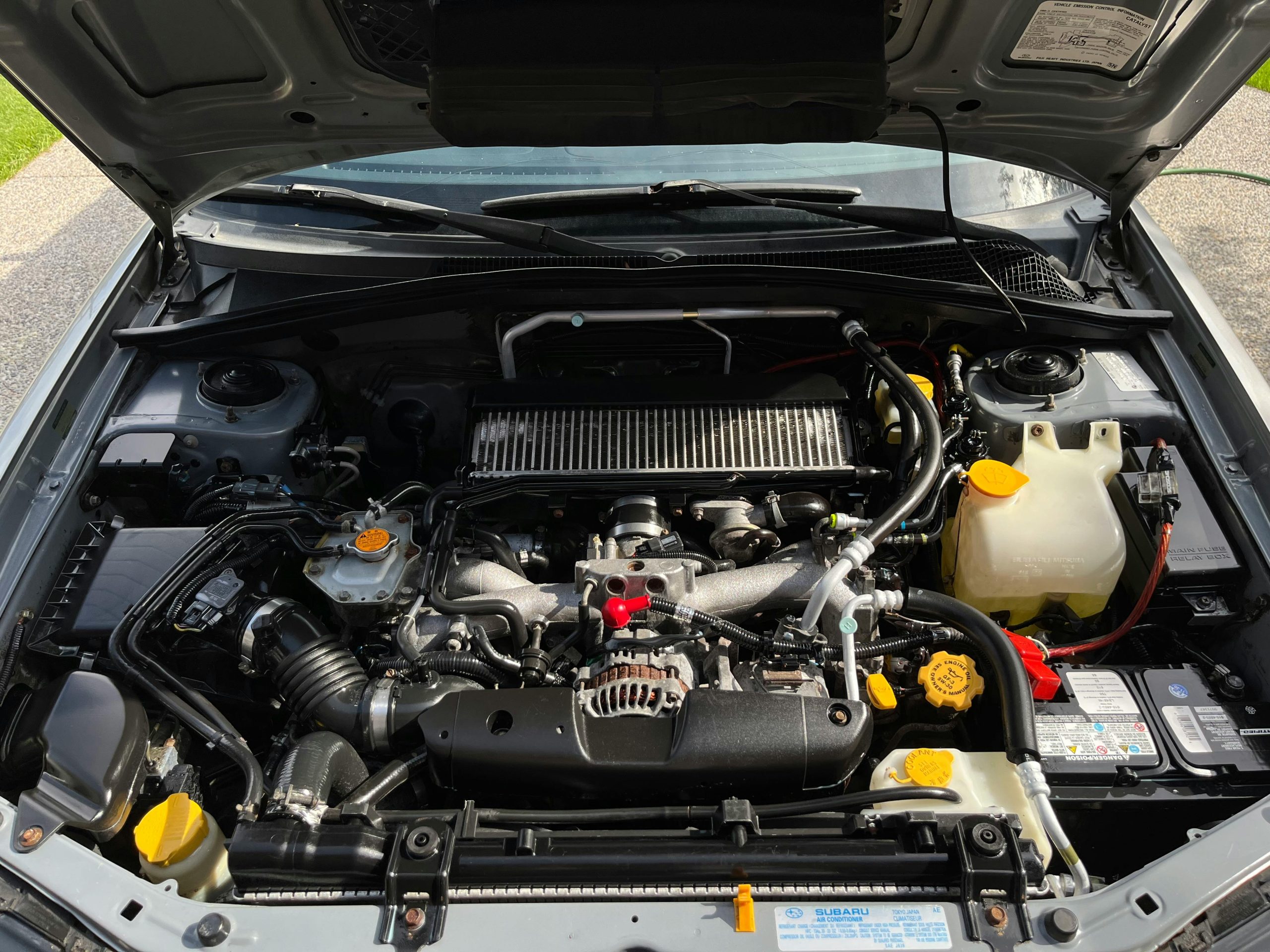Automatic cars have revolutionized the way we drive, providing convenience and smooth transitions between gears. However, when these vehicles begin to jerk during gear shifts, it can be both frustrating and concerning.
Understanding why this happens and how to address it can save you from potential damage to your car and your wallet.
Let’s explore the causes of gear-shifting jerks in automatic cars and how to troubleshoot them effectively.
Why Does Gear-Shifting Jerk Happen?
Gear-shifting jerks in automatic cars occur when the transition between gears isn’t smooth. This can stem from several issues, ranging from minor adjustments needed in the transmission to serious mechanical problems.
Below are some common causes:
1. Low or Contaminated Transmission Fluid
Transmission fluid plays a vital role in ensuring smooth gear shifts by lubricating and cooling the transmission system. If the fluid is low or contaminated, it can lead to jerky movements during shifts.
2. Faulty Transmission Control Module (TCM)
The TCM is the brain behind an automatic transmission. It controls the timing and smoothness of gear shifts. When this module malfunctions, the gears may not shift as intended, resulting in jerking.
3. Worn-Out Clutch Components
Even automatic cars use a clutch mechanism to engage and disengage gears. Over time, these components can wear out, causing rough transitions.
4. Dirty or Damaged Sensors
Modern cars rely heavily on sensors to monitor various aspects of the transmission system. If these sensors are dirty or damaged, they can send incorrect signals to the TCM, leading to gear-shifting issues.
5. Software Issues
Automatic transmissions in newer cars often depend on sophisticated software. A glitch or outdated software version can interfere with smooth gear shifting.
How to Troubleshoot Gear-Shifting Jerks
Once you’ve identified that your car is experiencing gear-shifting jerks, it’s time to troubleshoot.
Here’s how you can address the issue step-by-step:
1. Check the Transmission Fluid
Start by inspecting the transmission fluid level and condition. Follow these steps:
- Locate the Dipstick: Find the transmission fluid dipstick under the hood.
- Check the Level: Ensure the fluid is at the recommended level as indicated on the dipstick.
- Inspect the Fluid: Transmission fluid should be a clear red color. If it’s dark or smells burnt, it needs to be replaced.
👉 Pro Tip: Always use the type of transmission fluid specified in your car’s manual.
2. Perform a Transmission Reset
Sometimes, resetting the transmission can resolve jerking issues. To do this:
- Turn off the car.
- Disconnect the battery for about 15 minutes.
- Reconnect the battery and start the car.
- Let the engine idle for a few minutes before driving.
This can help recalibrate the TCM and eliminate minor glitches.
3. Update the Transmission Software
If your car relies on software for transmission control, ensure it is up to date. Visit your car manufacturer’s service center or a trusted mechanic to check for and install any available software updates.
4. Inspect the Sensors
Faulty sensors can disrupt the flow of accurate information to the TCM. Use an OBD-II scanner to check for error codes that indicate sensor issues. Replace or clean any sensors flagged during the scan.
5. Examine the Clutch System
For cars with higher mileage, clutch components may need attention. Signs of a worn-out clutch include slipping gears and delayed engagement. Have a professional inspect and replace these parts if necessary.
6. Avoid Aggressive Driving
Jerky gear shifts can sometimes be caused by the driver’s habits. Accelerating or decelerating too aggressively puts extra stress on the transmission. Adopting a smoother driving style can reduce strain on the system and improve gear shifts.
When to Seek Professional Help
While many troubleshooting steps can be done at home, certain issues require the expertise of a mechanic.
Here are signs you should seek professional assistance:
- Persistent jerking despite basic troubleshooting.
- Strange noises like grinding or whining during gear shifts.
- A burning smell or visible transmission fluid leaks.
- Error codes related to the transmission system that you don’t understand.
Ignoring these signs can lead to more severe damage and higher repair costs in the future.
Preventing Gear-Shifting Jerks
Prevention is always better than cure. Here are some tips to avoid gear-shifting jerks in your automatic car:
- Regular Maintenance: Schedule routine check-ups for your car, focusing on the transmission system.
- Fluid Checks: Regularly monitor and replace transmission fluid as recommended by the manufacturer.
- Smooth Driving: Avoid abrupt starts and stops to minimize stress on the transmission.
- Stay Updated: Keep your car’s software up to date to ensure optimal performance.
Conclusion
Gear-shifting jerks in automatic cars are more than just a minor annoyance; they’re a signal that something isn’t right.
By understanding the potential causes and following the troubleshooting steps outlined above, you can address these issues before they escalate.
Regular maintenance and mindful driving habits will also go a long way in ensuring your car shifts gears smoothly for years to come.
If the problem persists despite your efforts, don’t hesitate to consult a professional. Taking prompt action can save your car’s transmission system and give you the peace of mind you need on the road.



